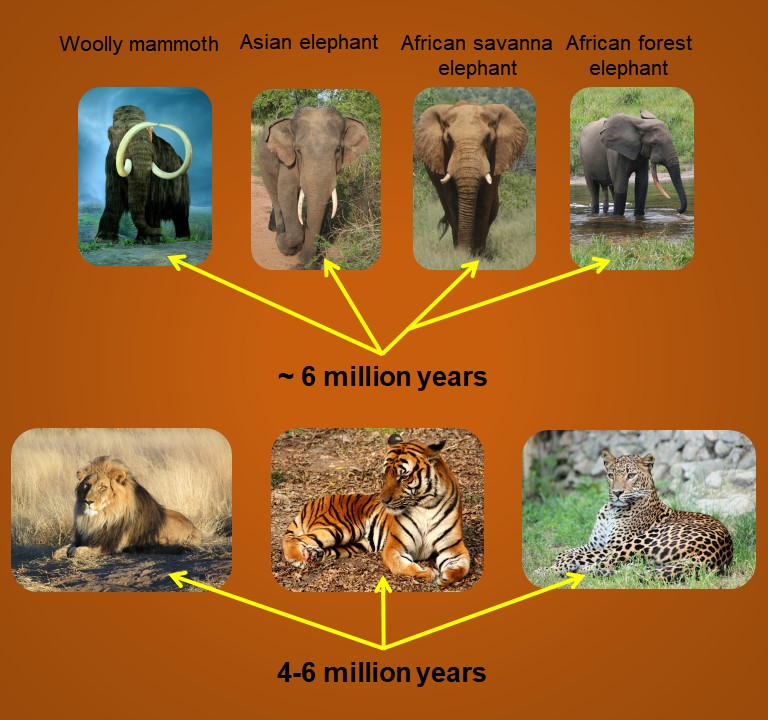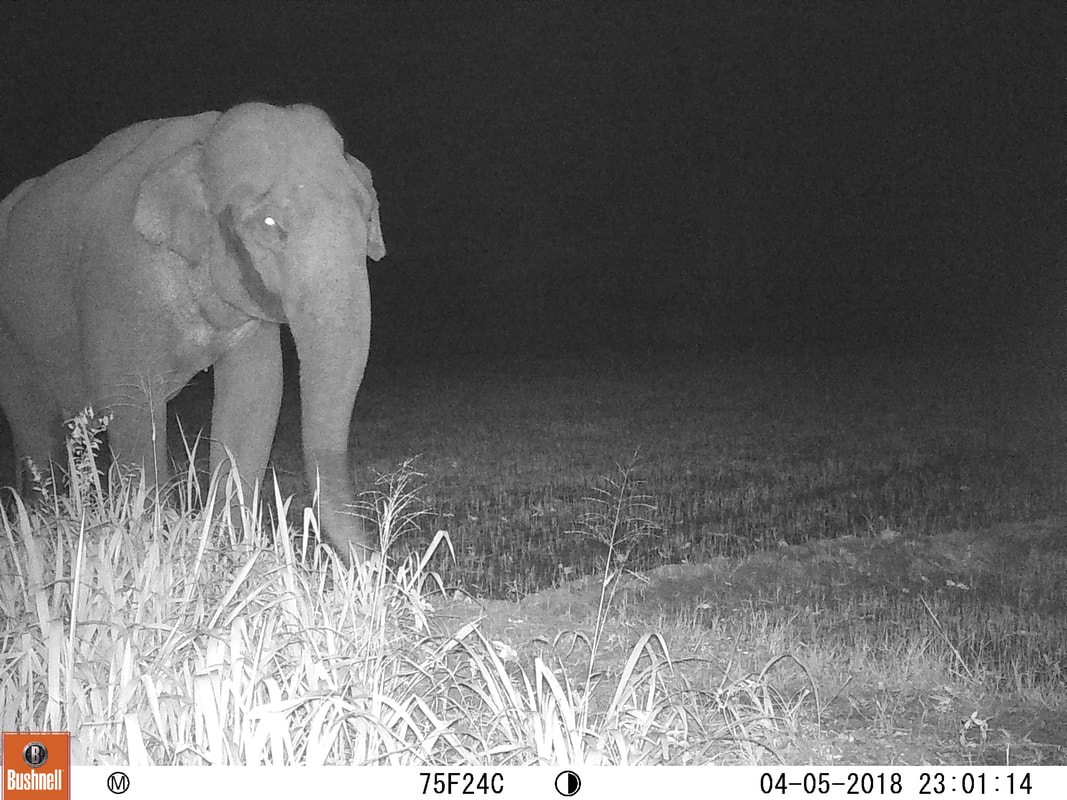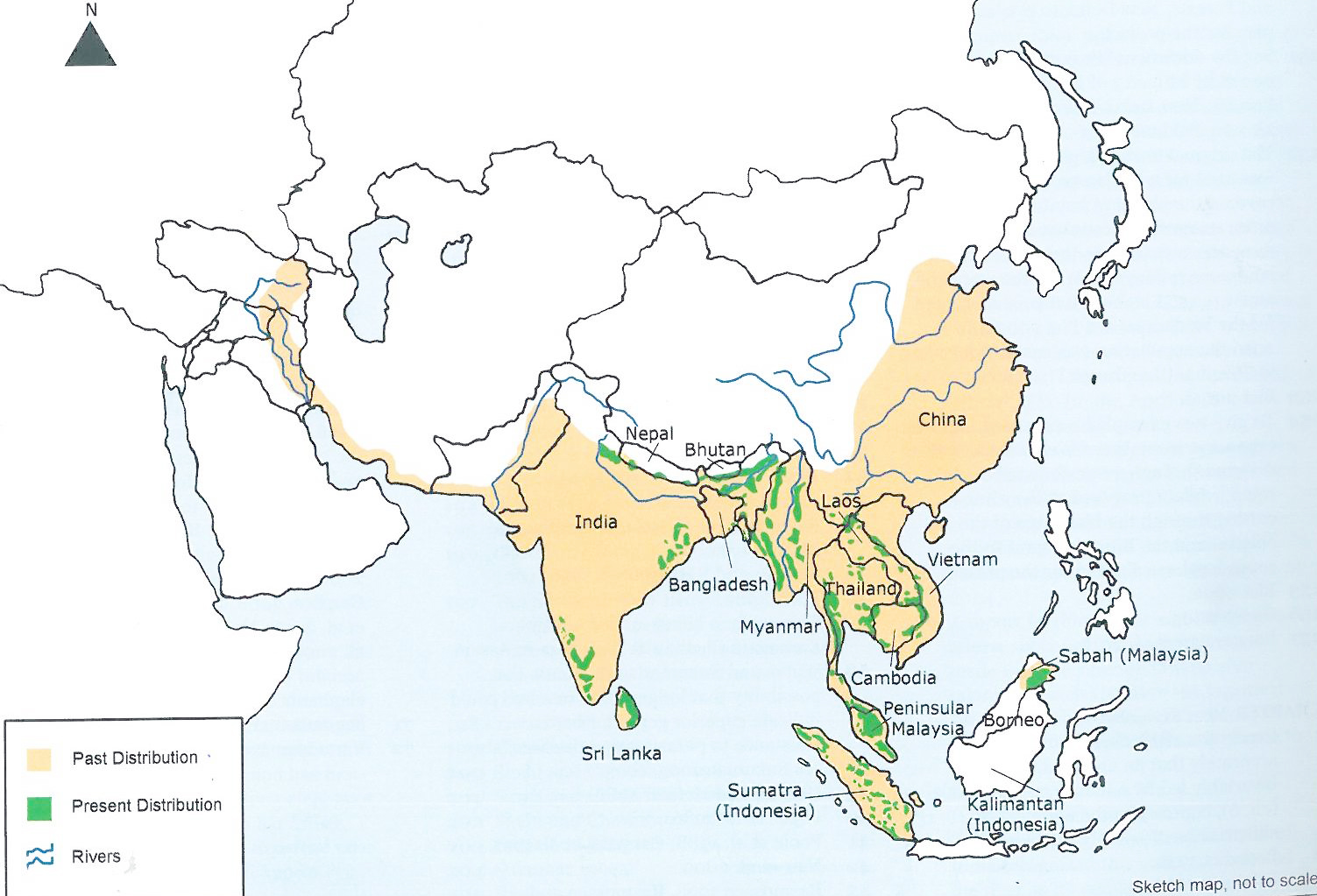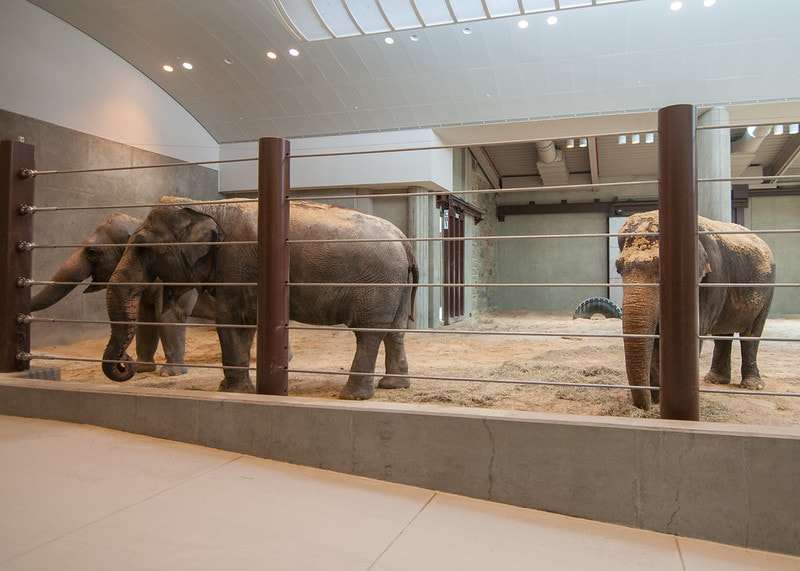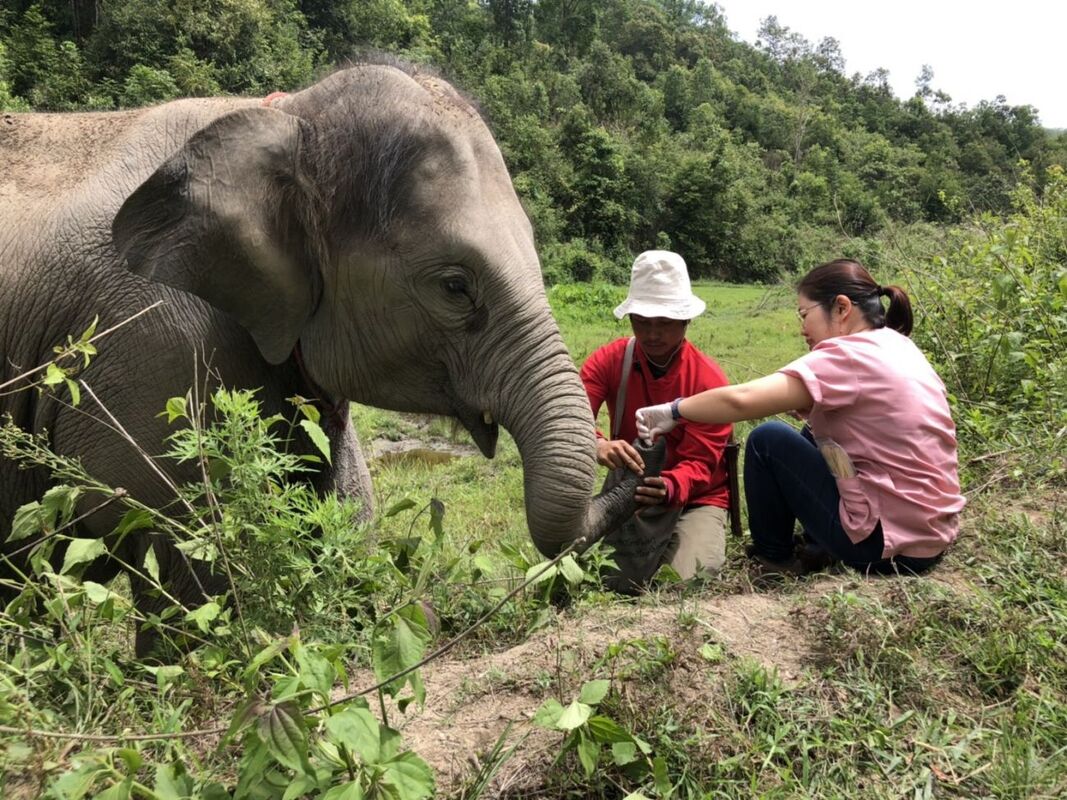Facts and answers to frequently-asked questions about Asia's largest land mammal.
|
Asian elephants are the sole surviving members of their genus, Elephas, and are classified as a single species whereas there are two living species of African elephants: the African savannah elephants (Loxodonta africana) and the African forest elephant (Loxodonta cyclotis).
|
|
All Asian elephants are classified as a single species. However, there are 2 recognized subspecies and possibly a third.
|
Asian elephants (Elephas maximus) are smaller than African savannah elephants (Loxodonta africana) and have many physical as well as behavioral differences.
|
Physical differences
|
|
|
|
Behavioral differences
Among both Asian and African elephants, adolescent and adult males are live socially apart from females and calves (often referred to as "herds" which are actually families composed of related females, known as 'matrilines'). There are several differences however. |
- African savannah elephant families are usually tightly-knit, moving together most of the time. Asian elephant families are much more loosely connected, fragmentary and variable among individuals. Learn more »
- Female African savannah elephants have very firm dominance hierarchies, in which older, bigger individuals dominate younger individuals. Older females, who may defend the group and make important decisions, are known as 'matriarchs'. As a consequence of their social fluidity, Asian elephants do not exhibit clear dominance hierarchies. As a consequence there is also often no clear 'matriarch' or leader; different individuals may exhibit leadership at various times. Learn more »
- African savannah elephants may periodically gather in very large aggregations, often during wet seasons, when food and water are plentiful. Asian elephants sometimes form large aggregations, but in dry seasons, around limited resources such as fresh water and green vegetation. Learn more »
|
Listen to Asian elephant squeaks and squeals.
|
|
|
|
Conservation Differences
|
|
|
A baby elephant is called a "calf", a female is called a "cow" and a male is called a "bull" just as with cattle. But the similarities end there!
|
|
- DO NOT allow direct contact between people and elephants (including bathing and feeding); - DO maintain a clear separation between elephants and people, allow animals to behave naturally, and be seen at a distance.
|
These are very emotive and political issues. One of the main things to bear in mind is that captive elephants in elephant range countries (i.e. countries where wild elephants are native) are categorically different from captive elephants living outside their native range (i.e. zoos, retirement facilities; often referred to as ex situ). So let's look at them separately.



